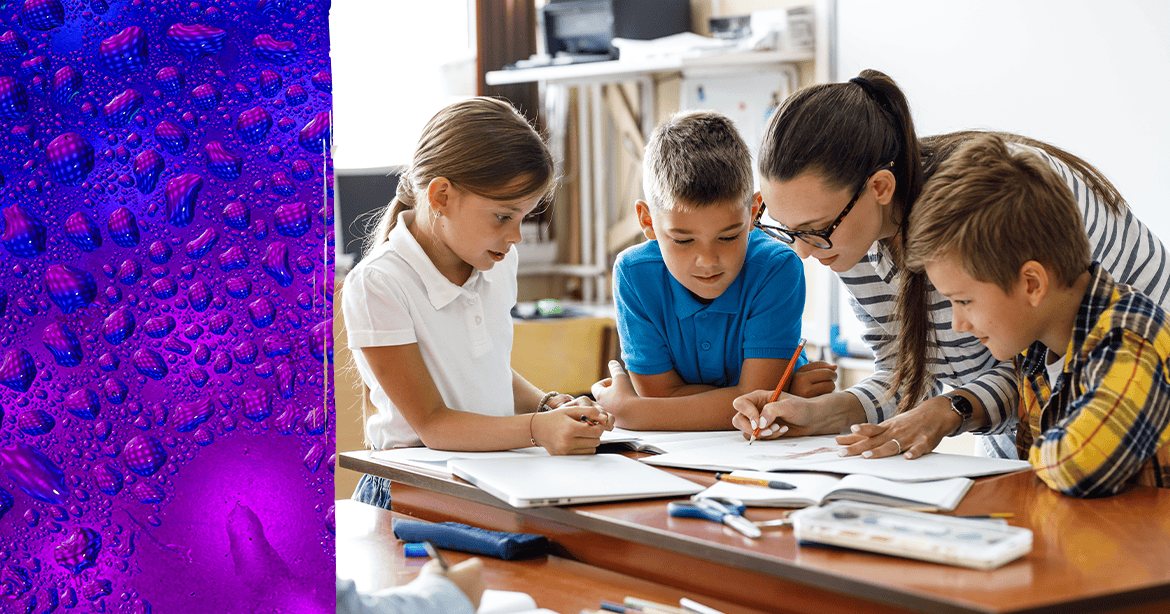What is the Process Communication Model?

The Process Communication Model was developed by renowned clinical psychologist Dr. Taibi Kahler. It is a tool for people of all ages, backgrounds, and occupations to improve their communication with others. We’ve adopted PCM as a core component of our curriculum, and it’s helped our students and staff avoid conflict and build purposeful relationships.
PCM stems from Dr. Kahler’s discovery that there are patterns in people’s personalities, which predict whether people will react positively or negatively to certain situations. Users can discover their personality type, which gives them an insight into their strengths, social needs, and the areas with which they struggle. Then, through coaching, students are taught to expand on their strengths and turn their struggles into resources to fit their own individual needs.
Here are some of the ways our students learn more about themselves and others to build worthwhile communication skills through the PCM:
PCM Builds Self-Awareness
Practicing PCM helps us to recognize what situations cause us to feel stress. Often, these stressful reactions occur without us being aware that they are happening. Learning to recognize those reactions and what causes them can help us avoid those situations in the future. We can even train ourselves to find new, less stressful responses to those conflicts.
Likewise, PCM teaches the user to recognize what conditions motivate them best. Learning what activities, topics, and styles fit us best means we can set ourselves up for success by fostering these conditions at home and in the classroom.
Our staff and students work together to help each other identify what learning methods cause stress and what methods spark joy. We do this to create learning environments that take everybody’s needs into account.
PCM Helps Recognize Strengths
PCM teaches us how to work best as individuals and can lead us to recognize struggles and successes as a team. After all, working with other students, coworkers, or community members means that our strengths and weaknesses work in tandem with others. One individual’s strength may be another person’s weakness, and by working together with PCM, we can assist each other like pieces in a puzzle.
PCM teaches our students how to comfortably and effectively cooperate with classmates and educators. The key to success is knowing where to provide assistance and when to ask for it.
PCM Can Strengthen Relationships
Being able to recognize how other people communicate best means that you can be intentional in the ways you connect with them. PCM cultivates this skill by teaching users to observe how different people react to different communication styles. We can then use this to make genuine and meaningful connections.
We see these skills in our students as they use PCM to build heartfelt connections with their classmates and instructors. We are also always excited to hear how students bring their PCM skills home to build the same connections with their families.
The Process Communication Model is an exceptional resource for ordinary people to develop extraordinary talents in communication and cooperation. See why we at MUSE Global have joined the likes of NASA, Microsoft, Pixar, and BMW in adopting the Process Communication Model to create a superb learning environment.

